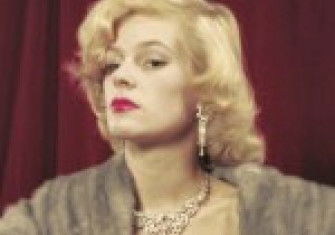A Feather in her Cap
A global trade in feathers, with London at its heart, saw hundreds of millions of birds killed every year. Emily Williamson waged a long and furious campaign against it.

Settled into a comfortable married life in Didsbury, then a leafy part of Manchester, Emily Williamson held a succession of afternoon teas in 1889. Yet, while serving tea and fruitcake in her drawing room filled with ladies, Williamson, by all accounts a gentle and compassionate person, would become furious.
Her purpose in these afternoon teas was to tell her society guests about the worldwide carnage of birds that provided every fashionable lady with hats flowing with ostrich and egret plumes, entire birds of paradise or sets of tiny, jewel-coloured hummingbirds, each wired separately so that they bobbed about as their wearer walked.
In the late 19th century, London was the epicentre of the world feather trade, its docks receiving huge quantities of bird skins, heads, wings and an enormous array of feathers. Sales attracted international buyers. The trade was worth £20 million a year (around £2.5 billion today) and at least 200 million birds were being killed every year worldwide.







